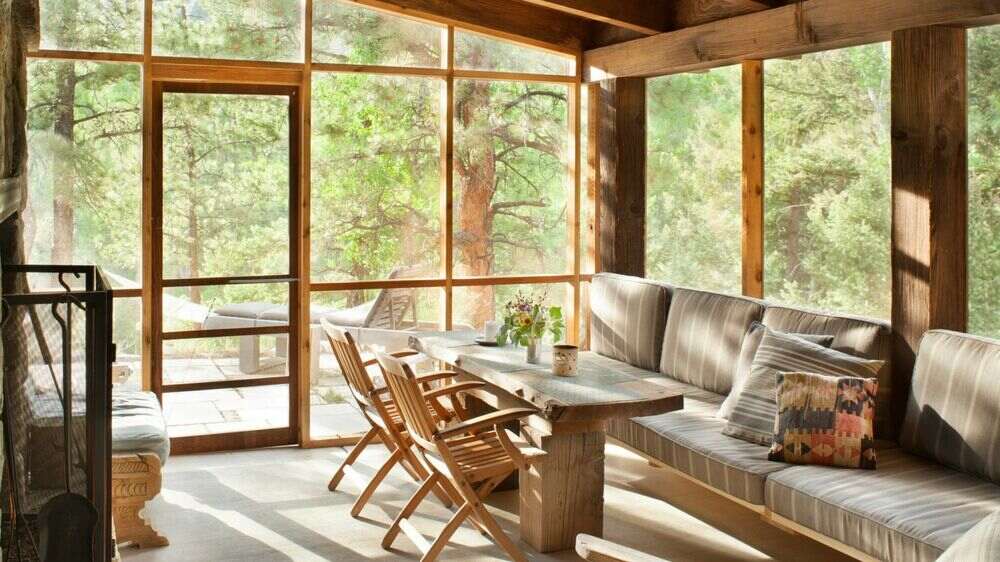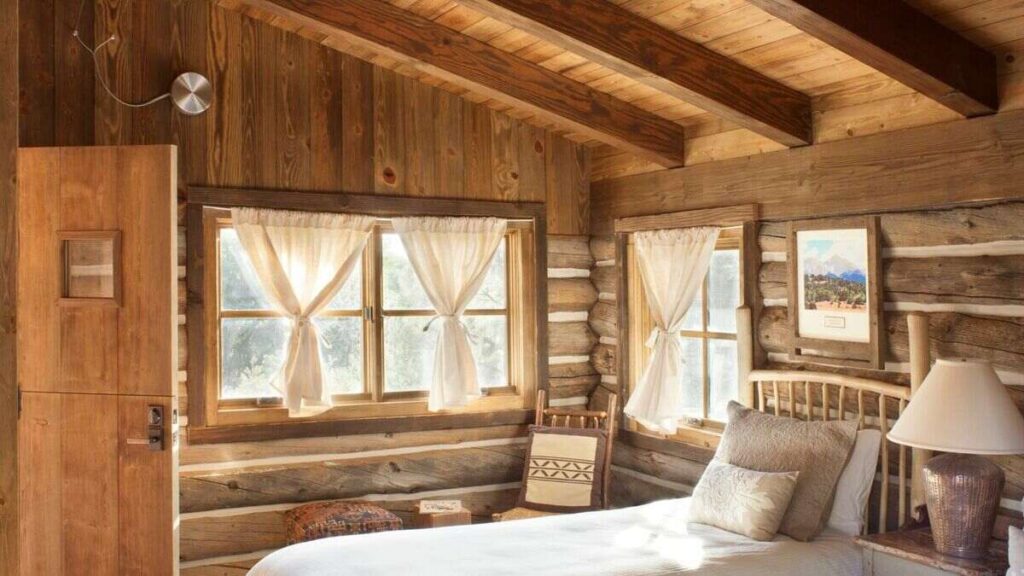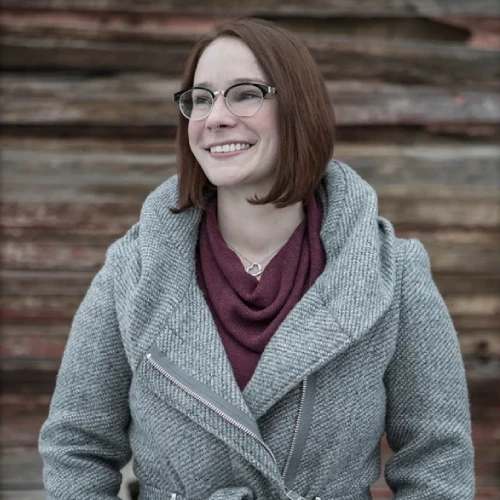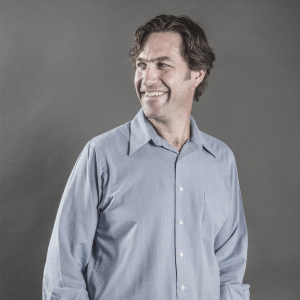Imagine a home where contemporary design meets rugged mountain landscapes. This fusion, known as Mountain Modern architecture, offers a refreshing take on traditional mountain homes by integrating modernist elements with the natural environment. These homes are not just buildings; they are a statement of art, blending seamlessly with their surroundings while offering a striking visual contrast.
Angular structures, expansive glass walls, and natural materials like wood and stone characterize modern mountain architecture. These elements help to marry the indoors with the outdoors, creating a living space that feels expansive and intimately connected to nature. Incorporating aspects of ranch architecture, these homes often feature open floor plans that enhance the sense of space and connection to the surrounding landscape. Ideal for those looking to escape the city’s hustle or immerse themselves in tranquility, these homes provide a unique living experience that balances modern aesthetics with the timeless beauty of mountainous terrains.
Key Characteristics and Styles

This architectural style combines contemporary design principles with the ruggedness of mountain landscapes. It exhibits several distinct characteristics that make it practical and aesthetically appealing in mountain settings.
Integration with Nature
Mountain modern architecture is a design style that combines contemporary aesthetics with rustic mountain elements, creating luxurious homes that integrate seamlessly with nature. This style uses expansive windows and large operable glass doors, that serve as walls, to maximize natural light and offer exquisite views of the surrounding landscape. The stunning vistas in each space make the outdoors central to the home’s interior experience. Architects select materials like wood, stone, and slate that reflect the local ecosystems and contribute to these homes’ sustainability and aesthetic appeal. The result is a sophisticated yet cozy living space that serves as both a private sanctuary and an embodiment of modern design adapted for mountainous environments.
Use of Natural Materials
By combining contemporary design with the natural ruggedness of mountainous environments, modern mountain homes use materials such as stone, wood, and metal to achieve both aesthetic appeal and structural integrity. These materials are selected for their durability and natural beauty, which align with the challenges posed by mountain climates, such as heavy snowfall and intense sun exposure. Stone provides exceptional durability and adds weight to structural supports, reinforcing exterior walls from the elements. Decorative wood features add warmth and a cozy texture to interiors while conveying its essential structure role. Metal accents enhance the modern look with sleek and sharp lines. This architectural style results in homes resilient against harsh weather conditions and visually integrated with their natural surroundings, offering a seamless blend of functionality and scenic beauty.
Sustainable Features
Modern homes in mountainous areas are increasingly popular because they focus on aesthetics, sustainability, and energy efficiency. Embracing green building principles, these homes typically feature geothermal heating systems, passive solar water heating, and solar panels, leveraging stable underground temperatures and abundant high-altitude sunlight to minimize environmental impact. Each homeowner selects the systems supporting their lifestyle and values. Smart home technology is also critical in these designs, allowing homeowners to remotely control heating, lighting, windows, shades and appliances for enhanced energy conservation. Together, these features enable mountain modern homes to reduce greenhouse gas emissions and promote a self-sufficient lifestyle while maintaining high living standards.
Open Floor Plans
This modern architectural style features spacious and versatile living areas that serve multiple purposes, from hosting large gatherings to offering cozy retreats. Large windows and sliding glass doors allow for striking views and bring natural light into the home while facilitating a seamless transition to outdoor spaces like decks and patios. Using natural materials such as wood and stone alongside modern metals and glass ensures durability against harsh mountain climates and contributes to a warm, inviting interior that complements the rugged exterior landscape.
Minimalist Aesthetics

The interiors typically feature harmonious color palettes drawn from the environment, enhancing the connection to nature, with colors like browns, grays, blacks, and whites. These neutral tones complement large expanses of glass that provide remarkable views of the outdoors, making indoor spaces feel deeply connected to the external world. This architectural approach is popular in mountainous regions where it balances modern comforts with an immersive natural experience.
Challenges of Mountain Modern Construction
Mountain modern architecture merges the sleek lines of contemporary design with the rustic charm of natural landscapes. However, constructing these visually stunning homes presents unique challenges that architects and builders must navigate.
Environmental Considerations
Environmental preservation is a priority when building modern mountain homes. Large glass windows connect with the outdoors but require high-performance glazing, and high altitude know-how, to maintain energy efficiency in varying high altitude temperatures. Using small businesses with locally sourced materials like wood and stone supports the local economy and reduces transportation-related carbon emissions, aiding in eco-friendly construction practices. Sustainable features such as solar passive water heating or geothermal heating systems are integrated to utilize natural resources available in mountainous areas, reducing reliance on non-renewable energy sources and increasing the home’s efficiency.
Building on Difficult Terrains
Construction in mountainous areas involves complex challenges such as steep inclines, limited site access, and problematic erosion and sediment control, requiring innovative engineering and staging solutions like pier foundations and tired retaining walls for stability. Building on a slope presents additional difficulties, necessitating careful planning to ensure proper drainage and prevent erosion. The remoteness of these sites adds logistical obstacles in transporting materials and equipment, making meticulous planning essential to avoid delays and cost overruns. Additionally, limited access to utilities necessitates using off-grid alternatives like well water, septic systems, geothermal heat, and solar power. Successfully addressing these issues allows builders and architects to create functional, sustainable, modern mountain homes that respect and enhance their natural surroundings.
Conclusion
Mountain modern architecture offers a unique opportunity to blend the comforts of contemporary living with the serenity of nature. By adopting strategic design practices and sustainable systems, homeowners can create spaces that are not only aesthetically pleasing but also environmentally responsible. Choosing materials and colors is crucial in ensuring that these homes are in harmony with their natural surroundings while providing durability and sustainability. As this architectural style continues to evolve, it stands as a testament to the possibilities of innovative design in challenging environments. Embracing this modern mountain architecture means choosing a lifestyle that values both modernity and the timeless beauty of nature. For a modern mountain retreat tailored to your unique needs, SRI Architects offers personalized consultations and bespoke designs, ensuring your mountain home is precisely what you envision.













